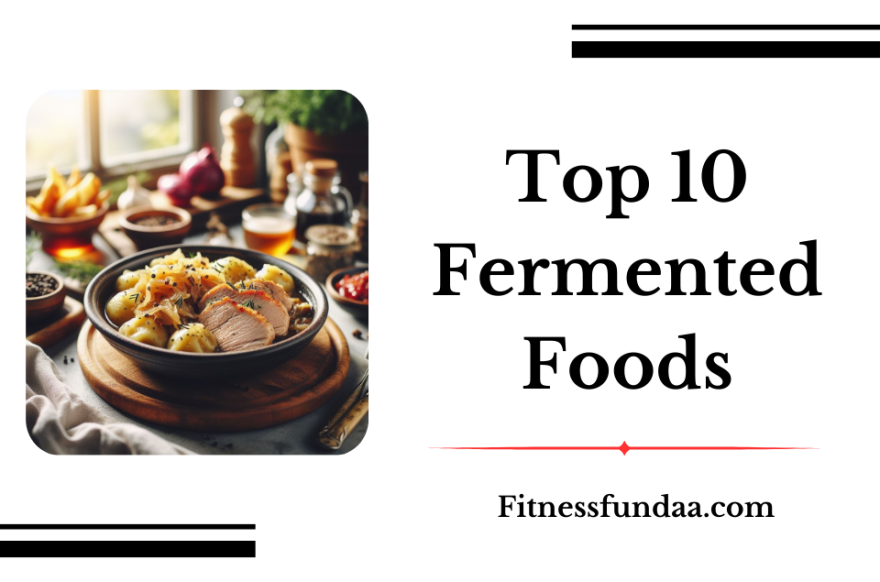Fermented foods are a diverse group of food products that have undergone a process of fermentation, where microorganisms such as bacteria, yeast, or fungi break down carbohydrates and sugars in the food substrate to produce organic acids, gases, or alcohol. This process not only preserves the food but also enhances its flavor, texture, and nutritional value. Fermented foods have been a staple in diets around the world for thousands of years, valued for their unique taste, extended shelf life, and potential health benefits. Top 10 Fermented Foods . Fermented Foods.
Fermented foods have been part of human diets for thousands of years, valued for their unique flavors, extended shelf life, and potential health benefits. The fermentation process involves the conversion of sugars and carbohydrates into organic acids, gases, or alcohol by microorganisms such as bacteria, yeast, or fungi. This process not only preserves the food but also enhances its nutritional value and digestibility.
Top ten popular fermented foods from various cultures around the world:
Yogurt:
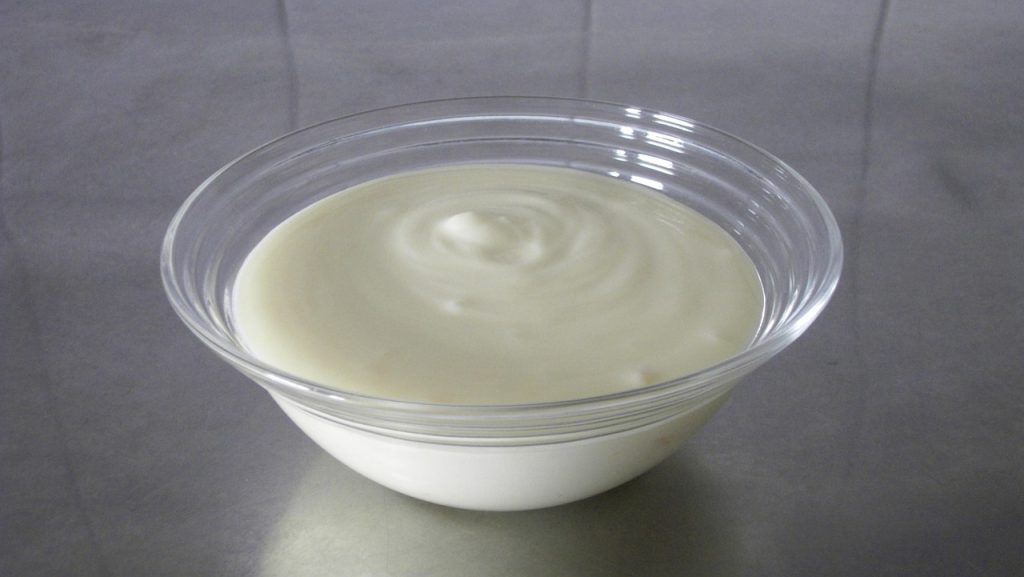
Yogurt is a fermented dairy product made by fermenting milk with specific strains of bacteria, primarily Lactobacillus bulgaricus and Streptococcus thermophilus. During fermentation, these bacteria convert lactose, the natural sugar in milk, into lactic acid, which gives yogurt its tangy flavor and creamy texture.
Yogurt is a rich source of protein, calcium, probiotics, and other nutrients, making it a popular choice for promoting digestive health, boosting immunity, and supporting overall well-being. It can be enjoyed plain or flavored, and it is often used in smoothies, dips, sauces, and desserts.
Sauerkraut:
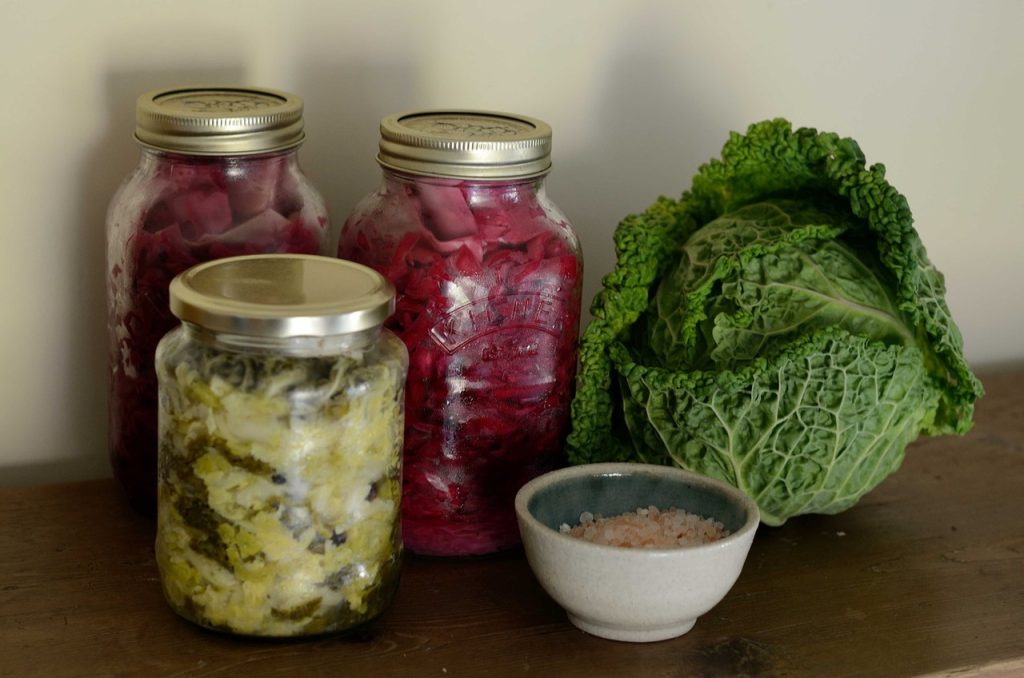
Sauerkraut is a fermented cabbage dish that originated in Germany. It is made by finely shredding cabbage and fermenting it with salt. Lactic acid bacteria naturally present on the cabbage leaves convert sugars in the cabbage into lactic acid through the process of lactic acid fermentation. This not only preserves the cabbage but also enhances its flavor and creates beneficial probiotics.
Sauerkraut is rich in fiber, vitamins C and K, and various antioxidants, making it a nutritious addition to meals and salads. It has a tangy flavor and crunchy texture, and it can be enjoyed as a side dish or used as a topping on sandwiches and hot dogs.
Kimchi:
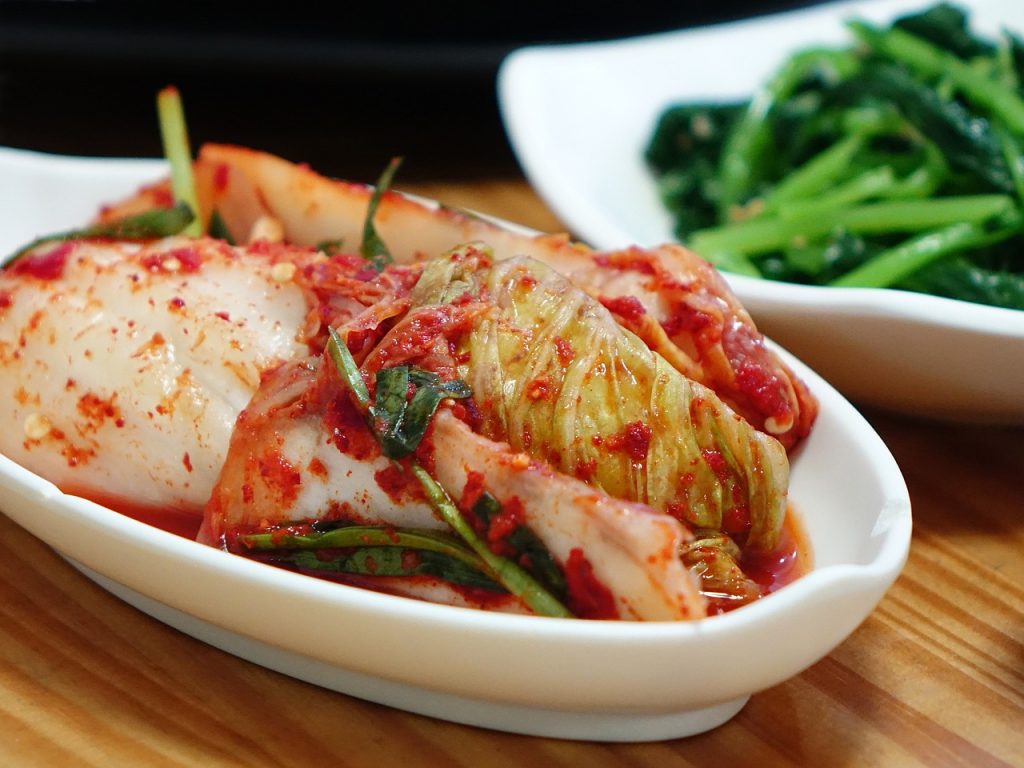
Kimchi is a traditional Korean fermented vegetable dish made with napa cabbage, radishes, and other vegetables, along with spices like garlic, ginger, and chili peppers. The fermentation process gives kimchi its signature tangy and spicy flavor, as well as its distinctive aroma.
Like sauerkraut, kimchi is rich in probiotics, vitamins, and antioxidants, and it is believed to support digestive health, boost immunity, and promote weight loss. Kimchi can be enjoyed as a side dish, added to soups and stews, or used as a filling in dishes like kimchi fried rice or kimchi pancakes.
Kombucha:

Kombucha is a fermented tea beverage that has gained popularity in recent years for its potential health benefits and refreshing taste. It is made by fermenting sweetened tea with a
symbiotic culture of bacteria and yeast (SCOBY). During fermentation, the SCOBY consumes the sugar in the tea and produces organic acids, enzymes, and probiotics.
Kombucha is rich in antioxidants, B vitamins, and organic acids like acetic acid and gluconic acid, which may help support digestion, detoxification, and immune function. It has a slightly tangy flavor and effervescent texture, and it can be enjoyed plain or flavored with fruits, herbs, or spices.
Miso:
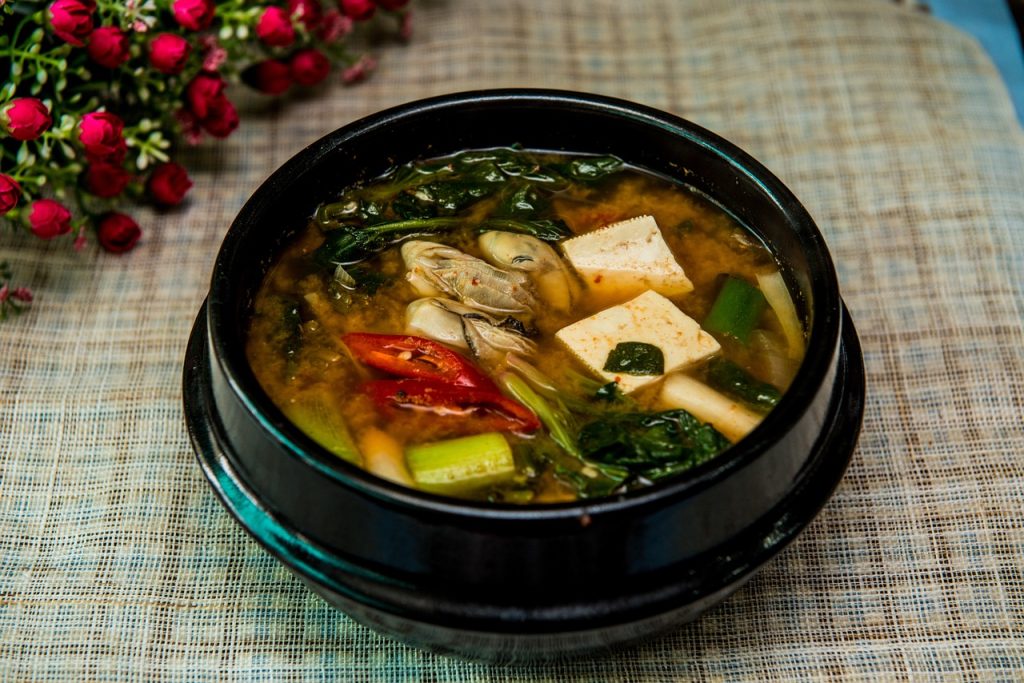
Miso is a traditional Japanese seasoning made from fermented soybeans, rice, barley, or other grains. It is commonly used to flavor soups, stews, marinades, and sauces. Miso fermentation involves the action of koji, a type of mold, and lactic acid bacteria, which break down the proteins, carbohydrates, and fats in the soybeans into amino acids, sugars, and fatty acids.
Miso is a rich source of protein, fiber, vitamins, and minerals, as well as probiotics and enzymes that support digestive health and enhance flavor. It has a savory, umami-rich flavor and can vary in color and intensity depending on the type of miso and the length of fermentation.
Tempeh:
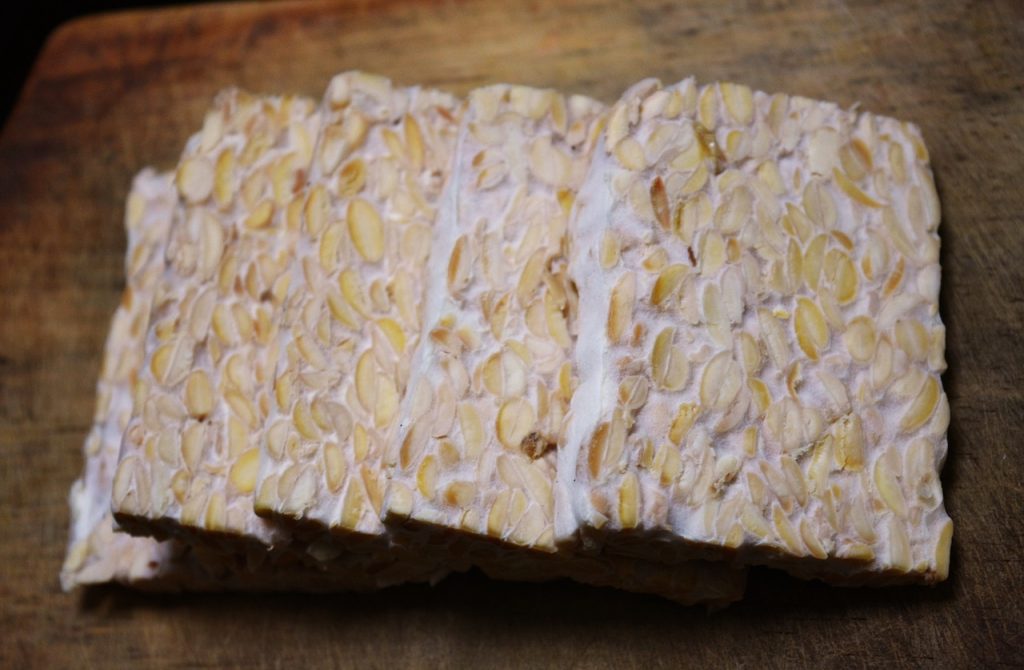
Tempeh is a fermented soybean product originating from Indonesia, where it has been consumed for centuries as a staple source of protein. It is made by fermenting cooked soybeans with a fungus called Rhizopus oligosporus, which binds the soybeans together into a firm cake-like texture.
Tempeh is high in protein, fiber, vitamins, and minerals, and it is a versatile ingredient that can be grilled, stir-fried, or used in salads, sandwiches, and soups. It has a nutty flavor and firm texture, and it absorbs marinades and seasonings well, making it a popular meat substitute in vegetarian and vegan diets.
Pickles:

Pickles are cucumbers or other vegetables that have been preserved in a brine solution through the process of lacto-fermentation. Lactic acid bacteria naturally present on the surface of the vegetables convert sugars in the vegetables into lactic acid, which acts as a natural preservative and gives pickles their characteristic tangy flavor.
Pickles are low in calories and rich in fiber, vitamins, and antioxidants, making them a healthy and refreshing snack. They can be enjoyed on their own, added to sandwiches and salads, or used as a garnish for dishes like burgers and hot dogs.
Kefir:
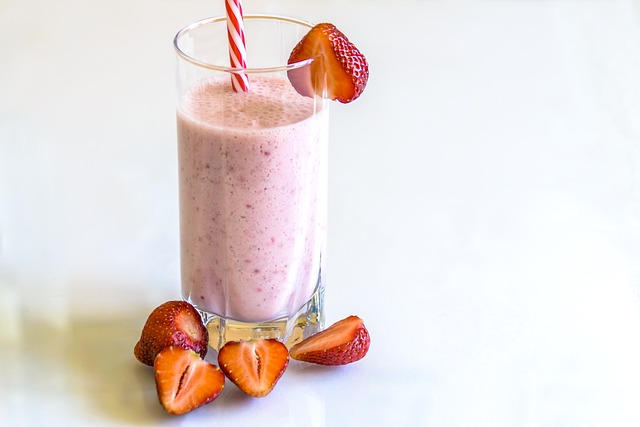
Kefir is a fermented milk drink made by inoculating milk with kefir grains, a combination of bacteria and yeast cultures. It is similar to yogurt but has a thinner consistency and a slightly tangier taste. During fermentation, the kefir grains consume the lactose in the milk and produce lactic acid, alcohol, and carbon dioxide, resulting in a fizzy, tangy beverage.
Kefir is rich in probiotics, vitamins, and minerals, and it is believed to support gut health, boost immunity, and improve digestion. It can be enjoyed plain or flavored, and it can also be used as a base for smoothies, salad dressings, and marinades.
Sourdough Bread:
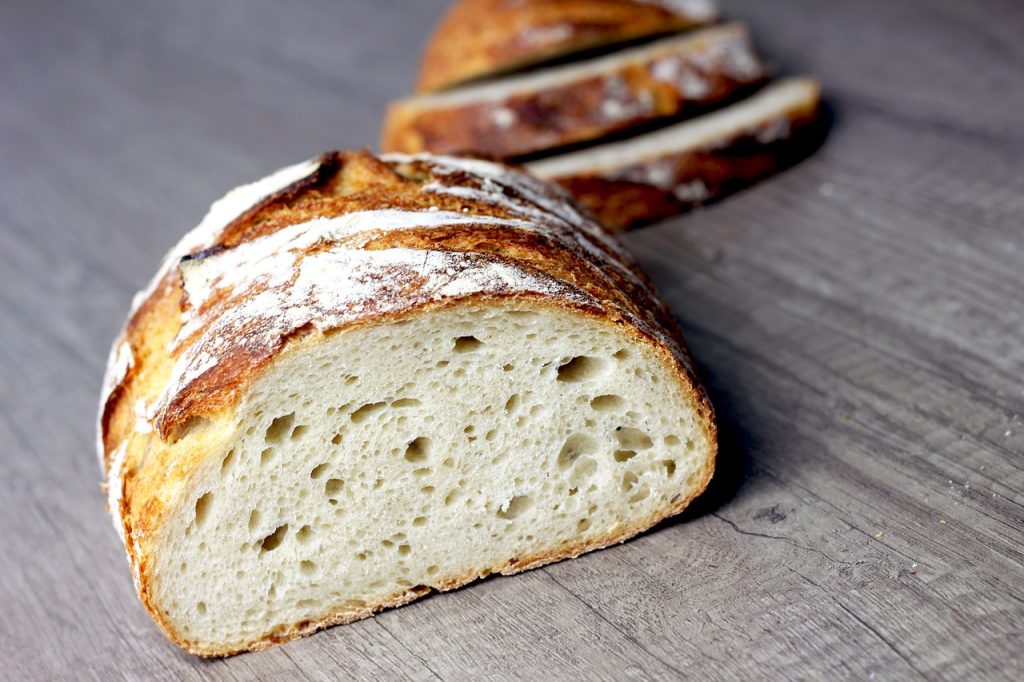
Sourdough bread is a type of bread made from a fermented dough using naturally occurring wild yeast and bacteria. The fermentation process begins with a starter culture, known as a sourdough starter, which is made by combining flour and water and allowing it to ferment for
several days. During fermentation, the wild yeast and bacteria in the starter culture metabolize the sugars and starches in the flour, producing carbon dioxide gas and organic acids. This creates bubbles in the dough and gives sourdough bread its characteristic tangy flavor and chewy texture. Sourdough bread is lower in gluten and easier to digest than conventional bread, making it a popular choice for people with gluten sensitivities or digestive issues.
Cheese:

Cheese is a fermented dairy product made by coagulating milk proteins and separating the curds from the whey. The curds are then pressed, shaped, and aged to develop their flavor and texture. Different types of cheese are produced using different types of bacteria cultures, enzymes, and aging processes, resulting in a wide
variety of flavors, textures, and appearances. Cheese is rich in protein, calcium, vitamins, and minerals, and it is a versatile ingredient that can be enjoyed on its own, added to sandwiches and salads, or used as a topping for pizzas and pasta dishes.
In conclusion, fermented foods are a diverse and culturally significant category of food products that offer a range of flavors, textures, and nutritional benefits. They are rich in probiotics, enzymes, vitamins, minerals, and antioxidants, which support digestion, boost immunity, and promote overall well-being.
Whether you enjoy yogurt for breakfast, sauerkraut with your lunch, or kombucha as a refreshing beverage, incorporating fermented foods into your diet can help maintain a healthy gut microbiome, improve nutrient absorption, and reduce the risk of chronic diseases.

